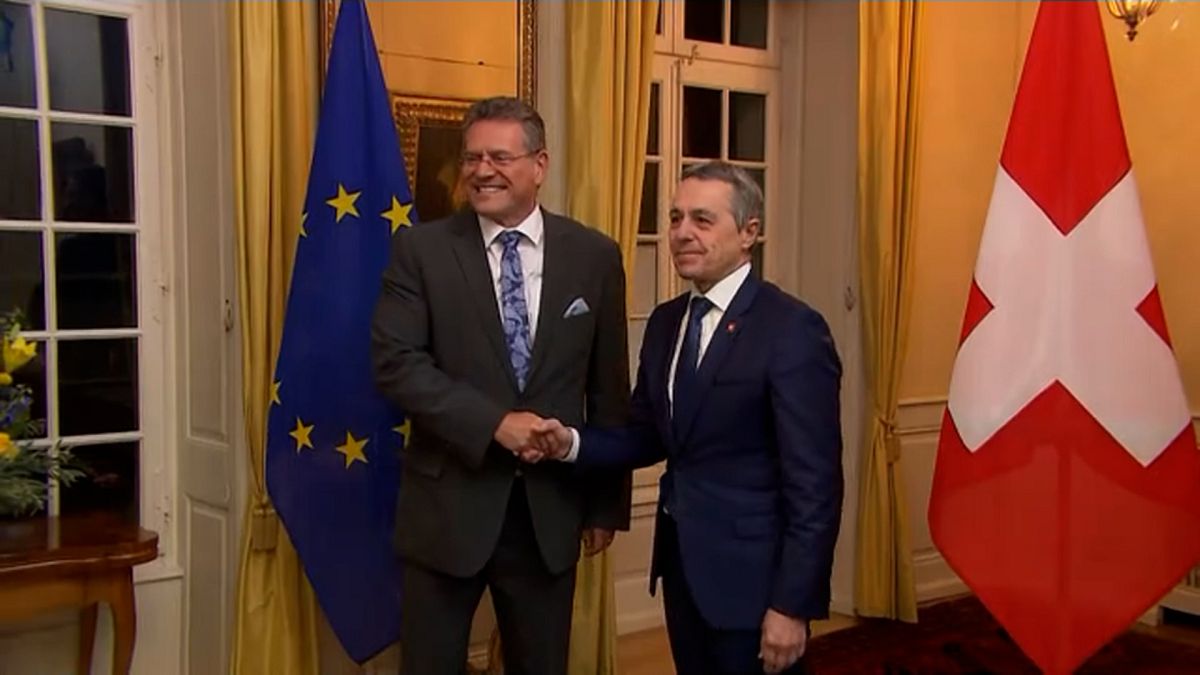The speed limits on two rural Nelson roads are being reduced before the end of the month as the council seeks to lock the lower speeds in before a Government deadline.
On Wednesday morning, Nelson City Council held an extraordinary meeting to bring forward the speed limit reductions for Cable Bay and Māori Pa Roads.
Both roads currently have speed limits of 100km/h.
Earlier this year, a joint committee of both Nelson and Tasman councils approved a new regional speed management plan which would see both roads reduced to 80km/h.
However, the Government has adopted a new rule outlining the requirements and procedures for councils when reviewing and changing speed limits.
The new rule would require the council to consult its residents on any proposed speed limit changes, except variable speed limits outside school, for any speed limit not in force by 30 October.
This is despite the region’s speed management plan already going through an extensive consultation process last summer, which lasted three months and received 2247 submissions.
Cable Bay Road was one of the most-mentioned roads in submissions and received 27 responses, all but one of which requested lower speeds for the road.
Māori Pa Road also received two responses, both also seeking lower speeds.
Crash data from 2014-2023 shows 13 crashes on Cable Bay Road, one of which was serious.
Lowering the speed limit to 80km/h would add less than a minute to travel times.
Councillors agreed to implement the changes for Cable Bay and Māori Pa Roads before 30 October – respectively, 9 and 21 months sooner than anticipated under the plan – to avoid having to re-consult on the lower speed limits.
While those two changes will be implemented, the council’s plan to reduce the speeds on 17 low-volume, urban roads without footpaths to 30km/h will not be progressing.
Those reductions were generally supported by residents on those affected roads and were expected to improve safety for them to get around their neighbourhood on foot.
However, the Government’s rule limits those roads to 40km/h, which is already the speed limit on five of those 17 roads.
The council is not currently proposing to reduce the remaining 12 to 40km/h due to creating further speed limit inconsistencies and the short timeframe available to register the limits and erect the signs.
Some councillors bristled at what the Government’s new rule required of the council.
Deputy mayor Rohan O’Neill-Stevens expressed “deep frustration” at the apparent “loss of common sense” regarding speeds on urban roads without footpaths.

They pointed out the support from local communities, which were happy to walk on the road if vehicles were driving slower.
“We have to start turning our minds as to the introduction of footpaths because, again, safety must be our priority,” they said.
“The common-sense thing to do in that situation is to reduce the speed, save money elsewhere, and give people the community that they want.”
Councillor Mel Courtney said the council was “being forced” to prioritise economics over safety, while councillor Aaron Stallard said it was “baffling” that the Government was supplanting the views of locals as to what were the most appropriate speeds for local roads.
Councillor James Hodsgon agreed that local decision-making was important, but said the Government’s intervention in setting speed limits was triggered by councils making changes that were “out of step” with what residents wanted.
“We do need to make sure that we’re as in step with our community as we possibly can be, so that we avoid the back and forth where an issue becomes a political football.”
Local Democracy Reporting is local body journalism co-funded by RNZ and NZ On Air












